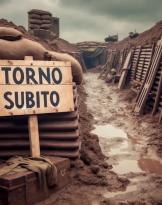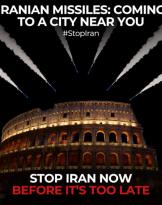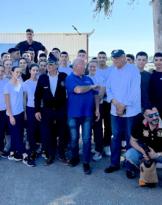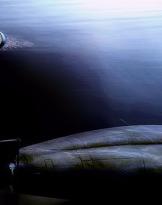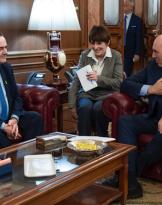As part of the "Open House" event, which this year celebrates its first luster, once again the Palazzo dell'Aeronautica opens its doors to the public. The institutional headquarters of the Air Force will be one of the 170 buildings in Rome that can be visited free of charge during the weekend of Saturday 7 and Sunday 8 May from 10.00 to 18.00, with access every 30 minutes from Viale Università 4.
By participating in this initiative, the Air Force wants to underline the sensitivity of the Armed Force in pursuing the principle of education for knowledge and protection of the country's historical, artistic and architectural heritage. This commitment is linked to the same genetic code of the Air Force, based on the shared awareness of a common history of values, traditions, sacrifice and activities at the service of the community.
Open House Rome is an annual event that in just one weekend allows the free opening of hundreds of buildings in the capital, notable for their architectural and artistic peculiarities and which, unlike similar initiatives, pays particular attention to the historical heritage as well as and above all to the modern and contemporary one.
The monumental Palazzo dell'Aeronautica, was commissioned by the then Minister of the Royal Air Force (1926-1933) Italo Balbo who, for the design, turned to an architect of only 28 years, Roberto Marino; the works were completed in two years and the building is considered the first in Italy to be built entirely in reinforced concrete.
The building is designed with wide and safe lines to underline, in the intent of the age, the characteristics of a modern Rome. The interior was conceived with new criteria: large rooms (in place of the old cellular system) in which the officials' tables are aligned; the partitions dividing the halls from the corridors are mostly of transparent glass; the building, vast, covers an area of about 8000 square meters.
Simplicity and elegance can also be found in the decorative elements, not obvious but significant, such as the handles that stylize an airfoil or the motif of the "stick of Command", then the hallmark of the official pilots, re-proposed as embellishment, elegant and not at all invasive, of the metal railings of the Scalone d'Onore, the glass doors of the Halls of Heroes and the Clouds, even reported in the imposing radiator covers installed at the Halls of Honor.
The Sala Italia, the Sala Europa and the Sala delle Cartine are expertly decorated with murals of a geographical, astronomical and historical nature. The last of the three rooms mentioned, in particular, represents the two Atlantic Cruises led by Balbo himself in the 1930 and in the 1933, respectively in Brazil and the United States. The three halls were the three entrances to the small room of Italo Balbo - on whose wall the words "Beyond Destiny" were placed, as if to emphasize the importance of the visit to the minister, charging them with expectation, for the Heads of Been invited to the Palace.
The functionality of the Palace was also highlighted by lifelong lifts, "lift to paternoster" (it consists of two adjacent and parallel columns of cabins - capable of accommodating two people - superimposed and in slow continuous movement, one uphill, l 'another downhill, with every served plane, two holes - one for driving direction - allow users to climb or "fly" on or off the cabin) and the "pneumatic mail" system, which allows innovative and at a time when e-mails were a far-reaching reality in the future, immediate communication between the various rooms.



